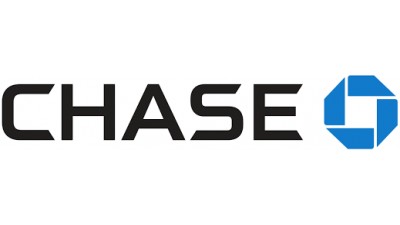A Tale Of Three Asset Classes: Office, Retail And Industrial Boom In San Francisco

A mecca for some the U.S.’ most iconic tech companies, San Francisco continues to grow, fueled by an influx of young professionals. The growing population will continue to put pressure on a tight commercial real estate market. The Bay Area will need 1.1 million additional jobs to accommodate an estimated 2.1 million more people expected to move to the city by 2040.
For CRE investors, San Francisco has become a prime market for office, industrial and retail investment asset classes that complement the growing workforce’s demand for live-work-play amenities. To keep up with San Francisco’s fast-paced CRE market, the JPMorgan Chase Commercial Mortgage Lending team brings the speed, certainty of execution and local expertise that clients need to be successful throughout the entire real estate cycle, Regional Sales Manager David Diggs said.
For Diggs, the bank has a strong team that has grown up in the real estate industry.
“Many people on our team were born and raised in the Bay Area and know these markets well," Diggs said. "We’re able to offer our clients both the strength of a big bank along with local expertise and personalized customer service."
Office
Record office leasing activity defined Q4. More than 2M SF of transactions larger than 20K SF were signed, along with four deals greater than 100K SF, according to a JLL report.
“The San Francisco office market remains strong,” Diggs said. “Demand is high and it continues to come from tech tenants. We saw tech companies drive the majority of demand in 2017, and it was a record year for office leases."
While co-working remains strong among San Francisco startups — WeWork alone added 251K SF in March, the largest lease of Q1 — large tech companies made up the bulk of Q4 activity. Dropbox, for example, pre-leased 751K SF in Q4, the largest office lease in San Francisco’s history.
Companies following talent have also expanded to Oakland, Diggs said. Because JPMorgan Chase services the entire Bay Area, investors have the flexibility to partner with Chase in these submarkets. The bank’s ability to close a commercial property loan in about 40 days helps investors looking to close on a property quickly.
The majority of the new supply set to deliver in 2018, including the Salesforce Tower, is pre-leased, indicating the strength of the market, Diggs said. JPMorgan Chase’s clients have looked to both acquire and refinance office properties, attracted to the low vacancy, which hovered around 8% in Q4, and high demand.

Retail
San Francisco’s growing population and declining unemployment have fueled brick-and-mortar retail activity, from pop-up concepts to coffee shops. The area boasts one of the lowest retail vacancy rates among all major U.S. cities. San Francisco also remains a fine-dining capital, with seven three-star Michelin restaurants, compared to six in New York and three in Chicago.
Restaurant concepts, along with other retail offerings designed around social experiences, have been able to withstand the growth of e-commerce. JPMorgan Chase has seen grocery anchor tenants grow in investment popularity among clients, and mixed-use assets continue to fuel high returns on investment.
“It goes back to the larger story that the economy in the Bay Area continues to do well,” Diggs said. “Retail is benefiting from that, especially food and beverage, and experiential retail is also a strong category.”
On the investment side, 150K SF of retail in San Francisco traded hands during Q4, bringing total annual transaction volume to over 920K SF in 2017, according to a Cushman & Wakefield report. Total investment sales in Q4 were $126.7M.
Retail cap rates have also been flat over the year with the city’s average at 4.3%, which remains below the average nationwide average cap rate of 6.5%.

Industrial
Like the rest of the U.S., record low vacancy rates, dwindling supply and growing e-commerce demand have put pressure on San Francisco’s industrial market. Dominated by older warehouse stock and product below 30K SF, industrial is a competitive market for larger tenants. No new development will relieve pressure from the market in 2018, keeping vacancy rates below 5%, according to a report from JLL.
Tenants looking for large blocks of space in the Bay Area have moved into surrounding submarkets like the East Bay and Central Valley, where there is more availability.
The lack of new industrial supply has investors looking to refinance existing properties or upgrade older warehouse space. The JPMorgan Chase Commercial Mortgage Lending team offers flexible loan options and has been able to finance loans using clients’ equity in their stabilized properties.
“Many clients have owned these properties for a long period,” Diggs said. “So we are able to finance that equity for our clients to do renovations and reinvest in their properties.”
JPMorgan Chase’s deep local market knowledge is providing opportunities for San Francisco commercial property owners throughout the changing market environment, and with a full suite of banking solutions, the firm has specialized boots-on-the-ground support for clients for every business cycle.
To learn more about this Bisnow content partner, click here.

